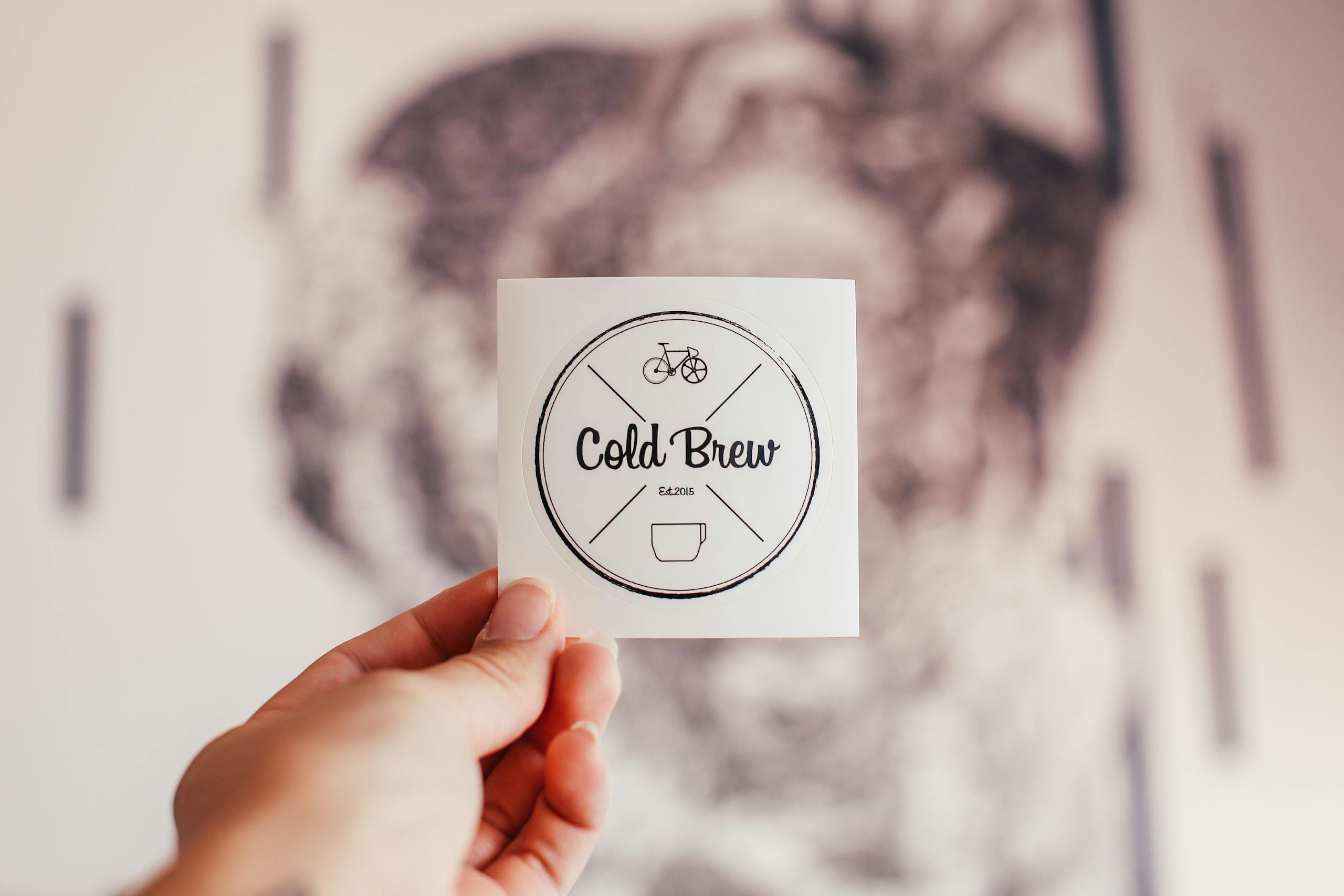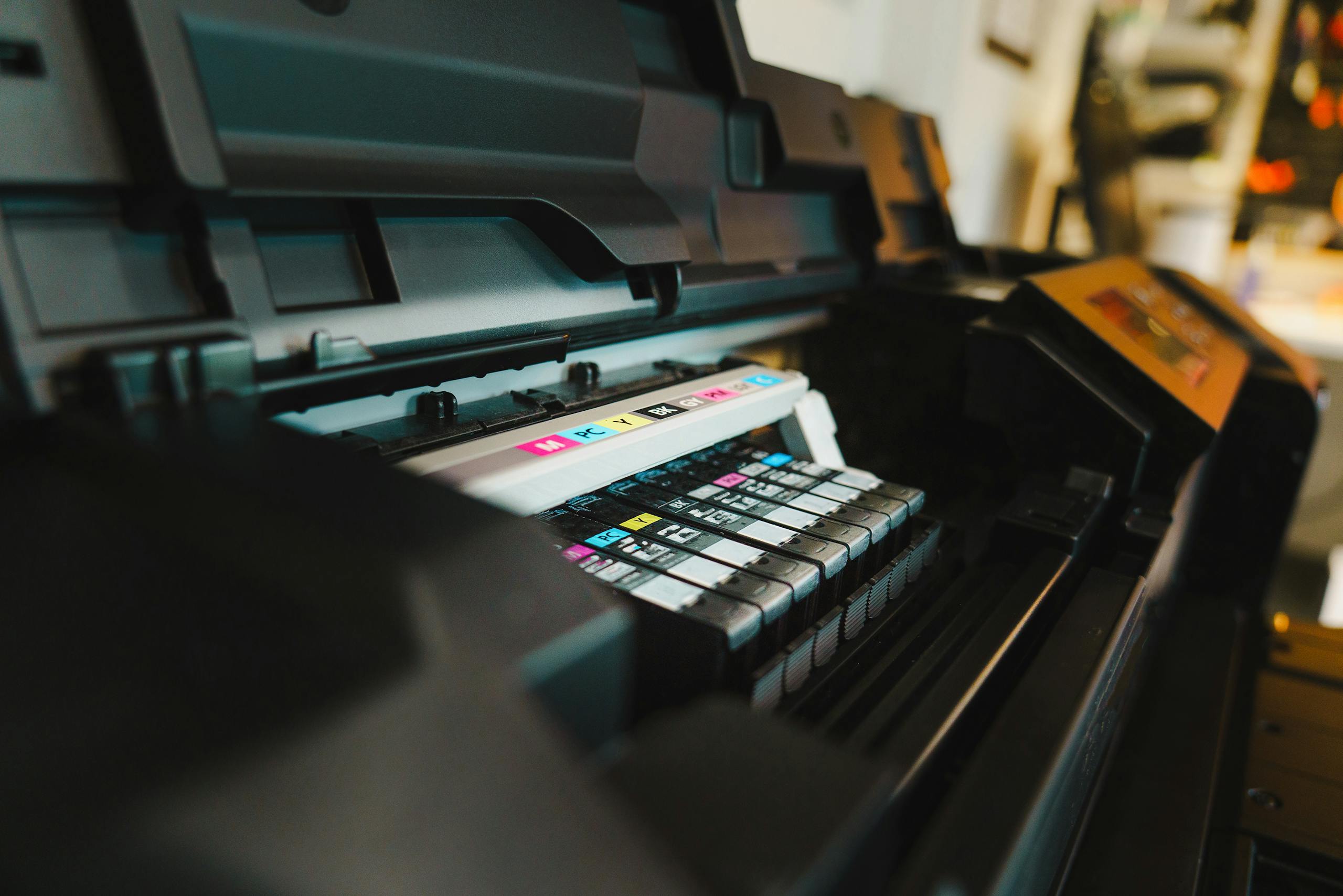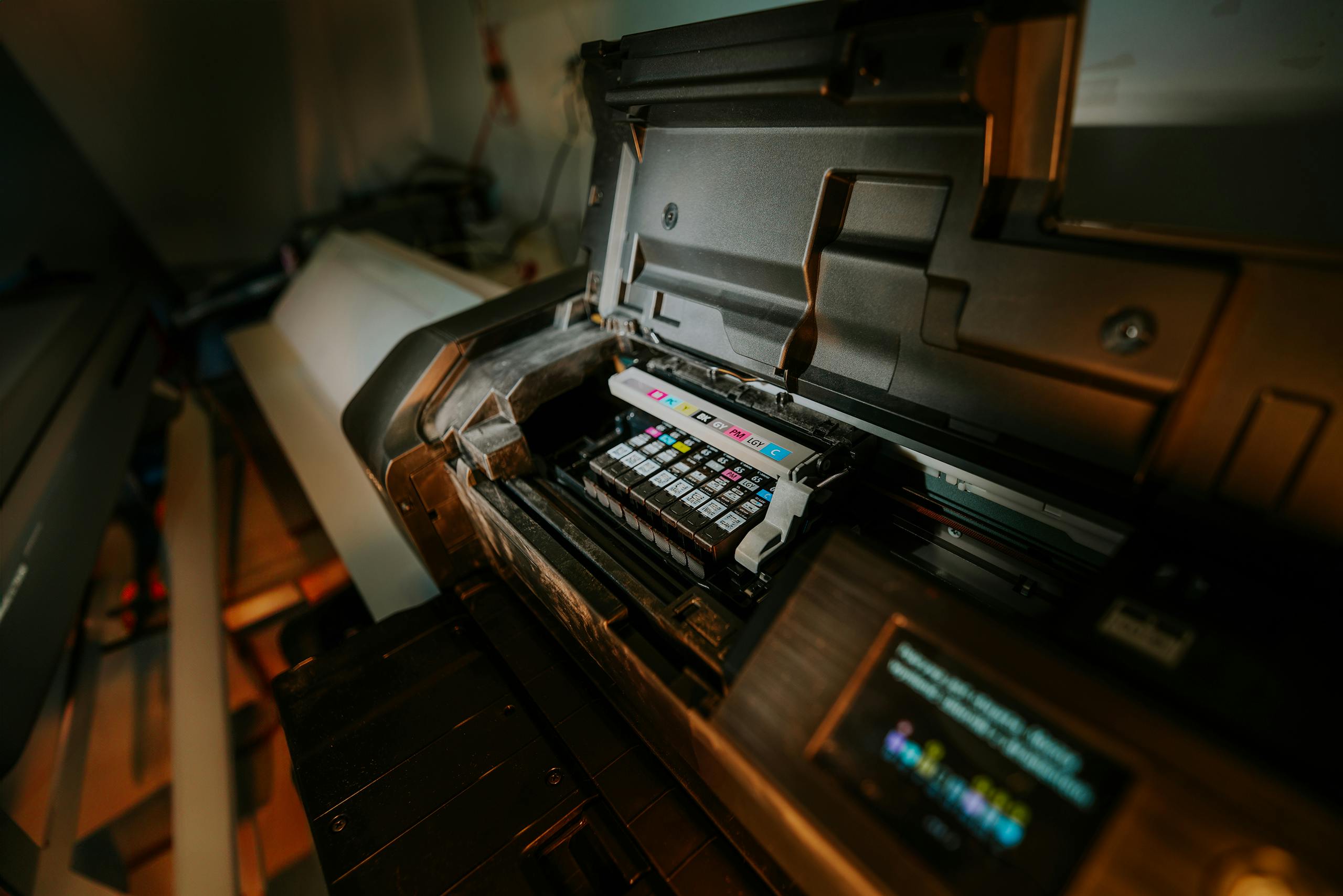Optimizing Print Files: Formats, Resolution, and Color Mode
1. File Formats
- PDF (Portable Document Format): Preferred for its compatibility and ability to embed fonts and images.
- TIFF (Tagged Image File Format): Ideal for high-quality images, with lossless compression.
- EPS (Encapsulated PostScript): Suitable for vector graphics and high-resolution images.
- AI (Adobe Illustrator): Best for vector designs; ensure all fonts are outlined.
 2. Resolution
2. Resolution
- General Guideline: For the best quality, aim for a resolution of 300 DPI (dots per inch) at the final print size.
- Close Viewing (1-3 feet): 150-300 DPI
- Medium Viewing (3-10 feet): 100-150 DPI
- Distant Viewing (10 feet and beyond): 50-100 DPI
3. Color Mode
- CMYK (Cyan, Magenta, Yellow, Black): Use this color mode for print files to ensure accurate color reproduction.
- RGB (Red, Green, Blue): While commonly used for digital displays, RGB files should be converted to CMYK before printing.
4. Bleed and Safe Area
- Bleed: Include a 0.125 to 0.25-inch bleed around all edges to account for trimming.
- Safe Area: Keep important elements (text, logos, etc.) at least 0.25 inches away from the edge to avoid being cut off.
5. Fonts and Text
- Convert Text to Outlines: To avoid font issues, convert all text to outlines/curves.
- Embed Fonts: If text remains as text, ensure all fonts are embedded within the file.
6. Image Quality
- Vector Graphics: Use vector graphics (EPS, AI) for logos and illustrations to maintain sharpness at any size.
- Raster Images: Ensure all raster images are at the appropriate resolution for the final print size to avoid pixelation.
7. Proofing and Test Prints
- Soft Proofing: Check colors and details on a calibrated monitor.



